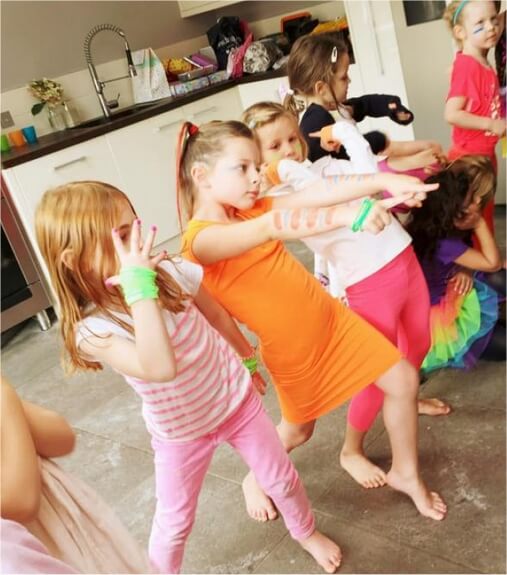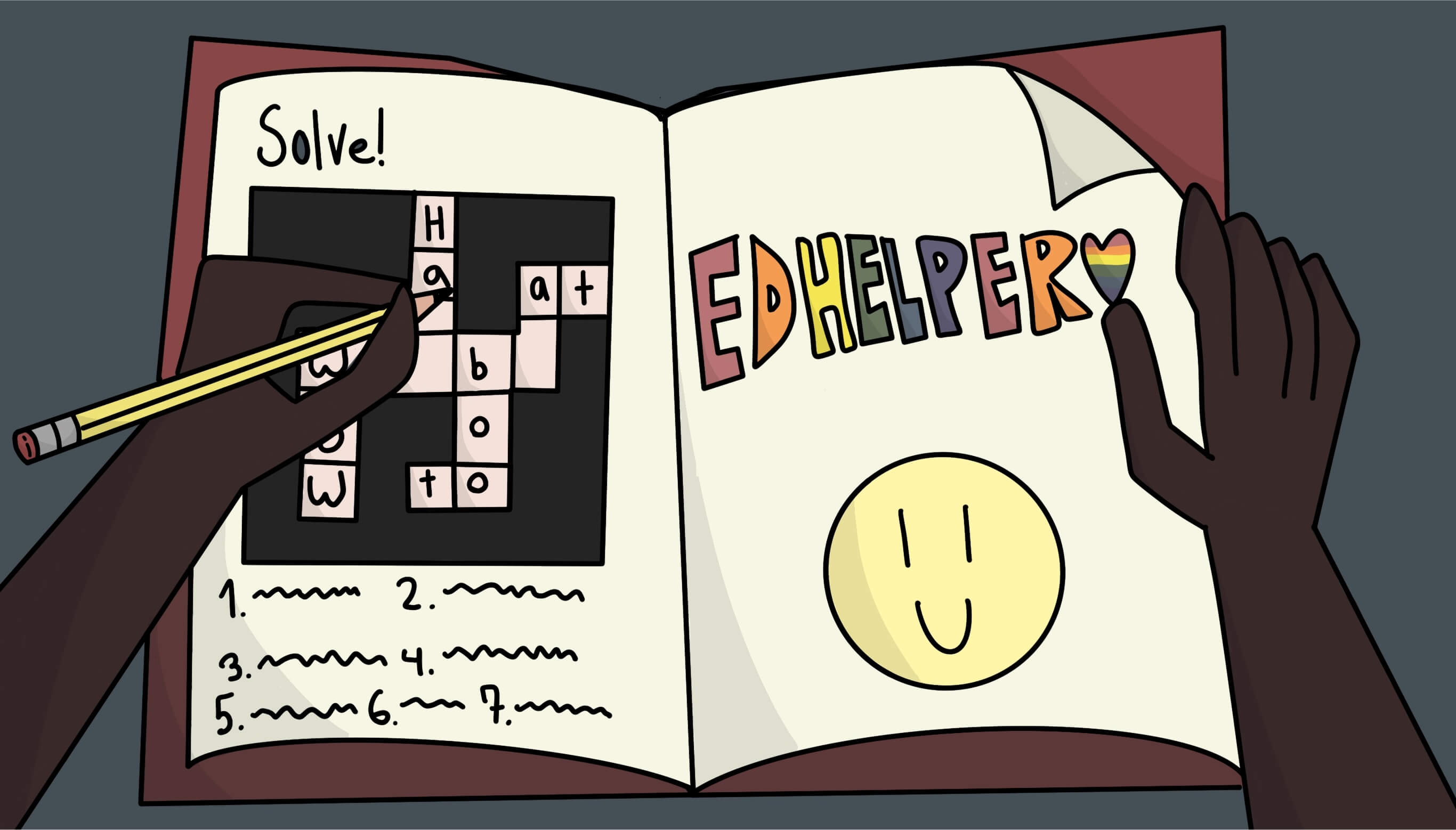There's a very good chance that at least a handful of your students will respond with a resounding "recess!" when asked about their favorite part of the day. If we, as educators, are honest, there are days when this tops our list of favorite moments as well. Except for the days when we are on duty, these are the few student-free moments when we can use the restroom or heat up that mug of cold coffee for the fifth time. It's not that students don't enjoy learning (or that we don't enjoy teaching)-everyone enjoys and can appreciate taking a break.
Take a (Brain) Break!

Breaks are Important
It's not just physical breaks from a complex task; there is science and research behind the importance of giving your brain a mental break from strenuous activity as well. Brain breaks help reduce frustration. They are also a fantastic way to increase productivity and focus. In order for brain breaks to really be beneficial, however, you need to be strategic in scheduling them. In order for a break to be most effective, it needs to be implemented before fatigue sets in. Have you ever seen a toddler melt down thirty minutes past nap time? Once a student (or a toddler!) passes the point of no return, a brain break is helpful, but not as much as it could be.
After ten or fifteen minutes of focused work, elementary students may be ready for a quick break. Three to five minutes can help them reenergize and refocus. Middle school students, however, can typically work for 20-30 minutes before needing a quick brain break. When planning brain breaks, you can opt to do them at different time intervals or between subjects.
What can brain breaks look like in your classroom? These quick moments of stress relief can be active, relaxing, or a combination of both. Here are a few to try out in your classroom this week!
Get Moving
Brain breaks that allow our students to move do a lot more than simply get rid of a case of the wiggles. Physical activity increases blood flow and gets more oxygen to the brain. This leads to more neural connectivity. It stimulates the hippocampus, which is the center of learning!
Dance Party: Turn on some tunes and let your students dance their worries away. Kidz Bop has an entire playlist of kid-friendly versions of pop hits that you can use and play in your classroom.
Videos for Variety: If you're not ready to demo your dance moves for your class, let one of many online teams lead the dance party for you. Go Noodle is a site filled with fun games, songs, and dances. Your students will love the variety of brain breaks available. Learning Station is another option for brain break music as well as themed songs and videos for holidays and more!
Keep it Up: How about a quick game of balloon volleyball? Grab a balloon or two and see if your students can pass it around the room, giving each student a chance to touch it without allowing it to fall to the ground.
Sweat Session: Want to work out with an NBA player? NBA legend Jerome Williams is ready to be your guest teacher and lead your students through a brief workout. This video will get their blood pumping, muscles working, and brains ready to tackle their previous tasks once the workout is complete.
Freeze Dance: Ready to play DJ (or let one of your students take this role)? Pump up some tunes and let your students cut a rug. Then, at random moments, pause the music. When the music stops, so does the movement. See if your students can stay perfectly frozen until the music starts again. If you'd rather, use a freeze song that will not only tell your students when to freeze and when to move, but it will also give them specific movements to follow.
Game Time: Popular classroom games like Heads Up, Seven Up, Charades, Hangman, and Bingo are fantastic brain breaks. You may also want to consider rotating in easy-to-implement Minute to Win It games that require minimal materials but are guaranteed to create a million smiles.
Fast Finishers

First Grade Fast Finisher Activities
Second Grade Fast Finisher Activities
Third Grade Fast Finisher Activities
Fourth Grade Fast Finisher Activities
Fifth Grade Fast Finisher Activities
Sixth Grade Fast Finisher Activities
Mindful Moments
Brain breaks don't have to be physical. Mini mindfulness sessions not only serve as perfect brain breaks for your students, but they also support mental and emotional well-being in all areas of life.
Get in Touch with Nature: If the weather permits, spending a few moments outside is a great way to reset our minds. If escaping to the great outdoors is not an option, try using these nature-themed mindfulness activities that will help your students focus on objects around them, imagine what it's like to be an animal, breathe like butterflies, and more!
Use Yoga: Yoga is a great brain break. Whether it's yoga pose challenges or Minecraft yoga videos, the stretching, flexibility, and breathing techniques that yoga teaches have benefits that far outlast a lesson.
Calming Coloring: Taking a few moments to color helps calm students' emotions and gives brains much-needed breaks from complex tasks. Students can spend a few minutes each day working on them. By the end of the week, they will have a mindful masterpiece to take home!
Sights and Sounds: Visualization can help students feel safe and calm. After having students close their eyes, take a few moments and describe a special place. It can be real or imaginative. Likewise, you can have students close their eyes and focus on different sounds. You can play nature soundtracks, have students listen to ocean waves, or simply focus on the sounds around them in the classroom.
Sensory Activities: A round of "I Spy" in your classroom can redirect your students' thought processes. Have a student select a color and another select an object. Then allow the rest of the class to take turns guessing what that mystery object may be. You can also create shadow puppets on the wall and use them to tell connected stories. Playing with kinetic sand and play dough is another quick brain break. Given COVID-19 precautions, you may find it best for each student to have their own containers. You can easily create homemade kinetic sand or play dough and have students store individual containers in their desks.
As you prepare your lessons this week, be mindful of scheduling in moments for brain breaks. Whether active or relaxing, these quick, intentional moments to reset your students' minds will help them do and be their best!
Trending

Weekly Lesson Plan Power-Ups

Daily Math Practice

Math Homework for Generation Alpha

Freebies for Busy Teachers

Wordle Worksheets

Mental Math Task Cards

Elementary School Children Don't Get Enough Math Practice at Home

10 Math Worksheets That Work for Teachers (Free Printables)

Do Math Worksheets Really Work? What We Found May Surprise You.

Best Teaching Ideas

Math Worksheets
Free Math Worksheets - No Login
Kindergarten Jumbo Math Worksheets PackFirst Grade Jumbo Math Worksheets Pack
Second Grade Jumbo Math Worksheets Pack
Third Grade Jumbo Math Worksheets Pack
Fourth Grade Jumbo Math Worksheets Pack
Fifth Grade Jumbo Math Worksheets Pack
Sixth Grade Jumbo Math Worksheets Pack
Middle School Jumbo Math Worksheets Pack
